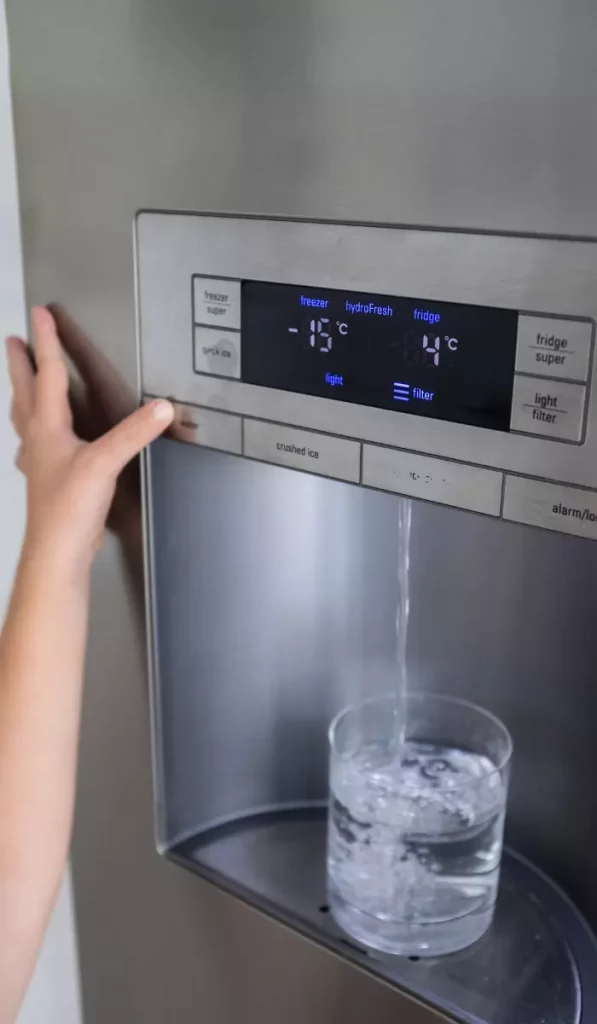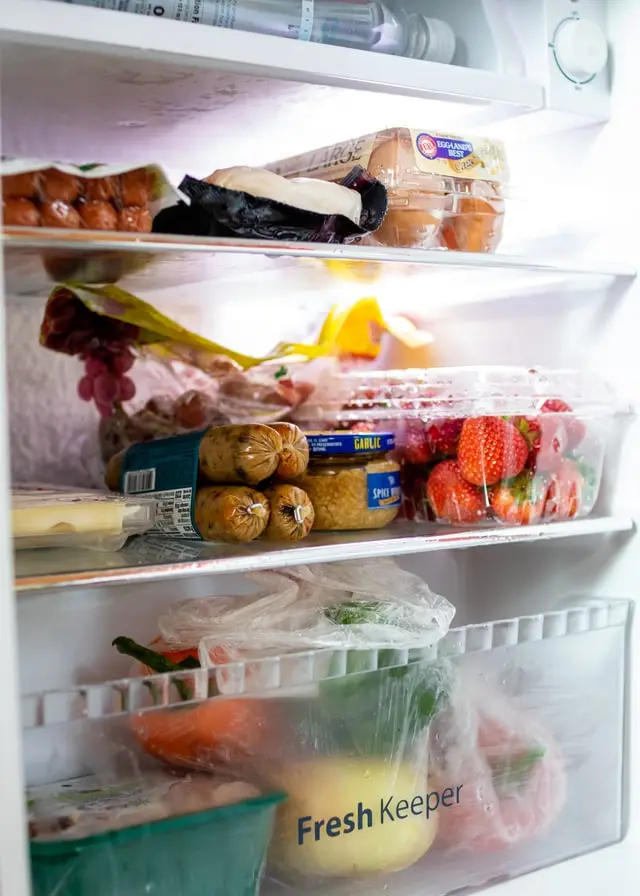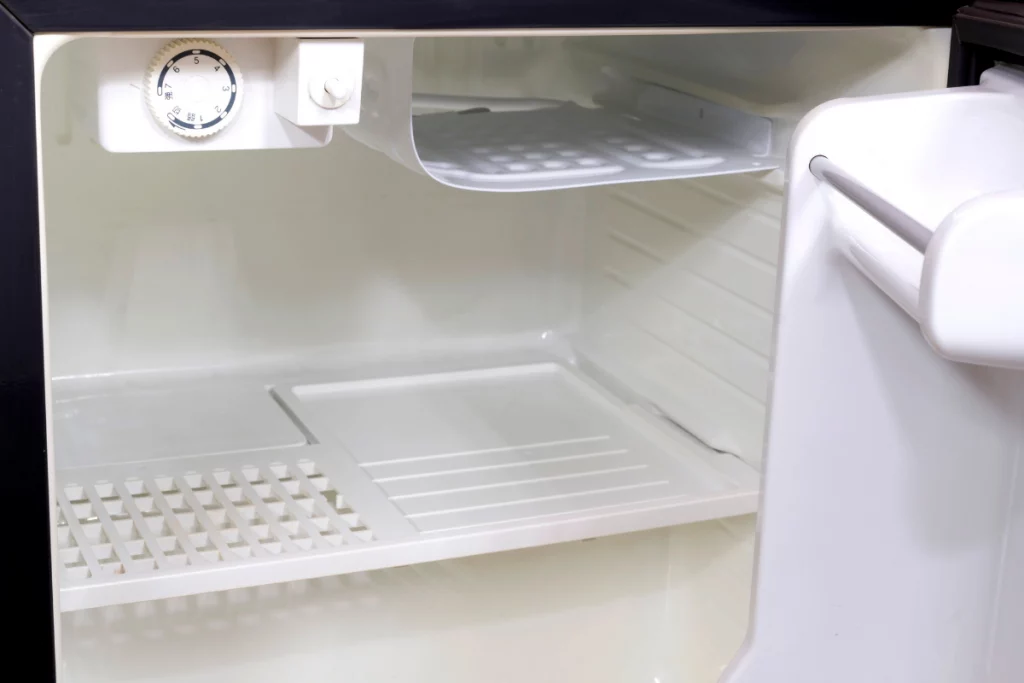Have you ever looked at your fridge’s temperature dial and wondered what those numbers from 1 to 6 really mean? You’re not alone. While we all use fridges daily, many of us aren’t quite sure about the optimal setting for our stored foods. Getting the right temperature not only keeps your food fresh but can also help with energy efficiency.

Table of Contents
Fridge Temperature Setting 1-6
Simply put, these numbers represent relative temperatures. The lower the number, the warmer the setting; the higher the number, the cooler the setting. It’s not rocket science, but here’s the tricky part: these numbers don’t represent specific temperatures in degrees. Instead, they give you a range to choose from based on your needs.
- Setting 1: This is the warmest setting. While it might sound counterintuitive, there are times when this setting can be useful, especially if your fridge feels like the Arctic and you’re finding ice crystals on your milk!
- Setting 2-3: This is a moderate setting and can be ideal for everyday use in many homes, especially in cooler climates or during the winter months.
- Setting 4-5: Heading towards the cooler side of things. This setting is a bit cooler and might be ideal if your fridge is in a warm spot in your home or during those hot summer months.
- Setting 6: The coolest setting. If you’re storing a lot of meat or fish, or if you’ve just stocked up and need to cool things down quickly, this is the setting to go for.
It’s essential to remember that these are general guidelines. Many factors can affect the internal temperature of your fridge, like its location in your home, how often it’s opened, and the amount of food inside.
What Number Should My Fridge Be On 1-6?
Okay, so now that we know what these numbers mean, the next big question is, “Which one should I choose?” To be honest, there isn’t a one-size-fits-all answer because every household is different. However, I can offer a simple approach.
Most experts recommend that the fridge’s internal temperature should be kept at around 4°C (or about 40°F). This temperature keeps your food chilled enough to prevent bacterial growth but not so cold that everything freezes.
To find out which number on your dial aligns with this temperature:
- Get a fridge thermometer: These are relatively inexpensive and can be found at most home goods stores or online.
- Test each setting: Place the thermometer in the central section of your fridge (not too close to the back, door, or bottom) and leave it for about 24 hours on each setting.
- Check and adjust: After 24 hours, note the temperature. Adjust the setting up or down as necessary and then check again after another day.
Usually, many people find that a setting between 3 and 4 is closest to the recommended temperature. But, remember, this might vary based on factors like how often you open the fridge, the room’s ambient temperature, and how full the fridge is.
Once you’ve found the right setting, it’s a good idea to check the temperature now and then to ensure things are consistent.
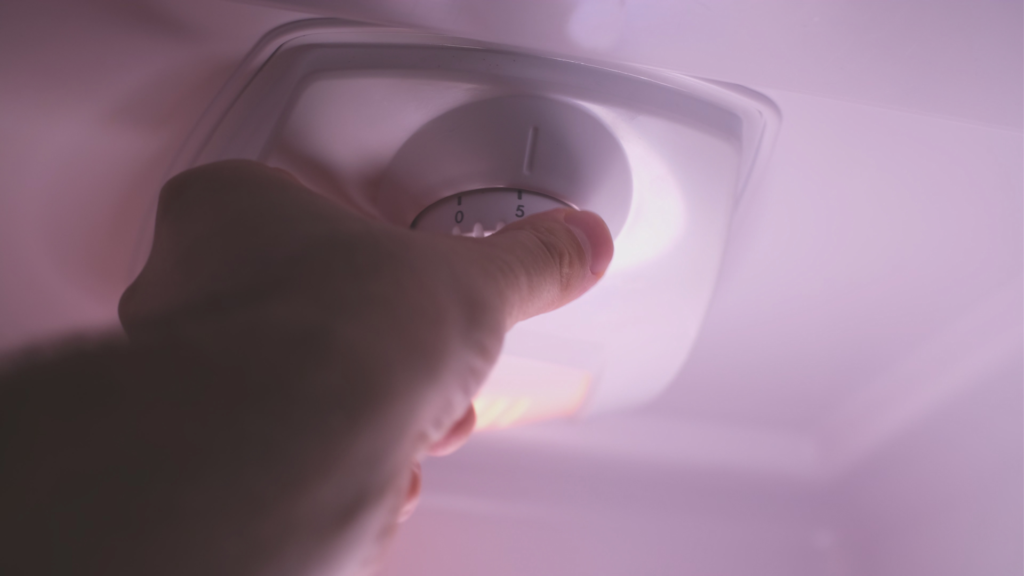
Is 1 or 6 the Coldest on a Fridge?
This is a common question and can sometimes cause a bit of confusion. Let’s clear it up. On the majority of fridges, the higher the number, the colder the setting. So, in the case of our 1-6 range:
- 1 is the warmest setting.
- 6 is the coldest setting.
That means if you turn the dial to 6, you’re asking your fridge to work its hardest and get super chilly. On the other hand, if you’re setting it at 1, you’re going for a more relaxed, warmer vibe inside.
Still, always refer to the manual that came with your fridge. It’s rare, but there might be exceptions with certain brands or models.
What Are the Best Temperature Settings for Different Types of Food and Drinks?
Alright, let’s get into the specifics. Different foods and drinks have their preferred temperature ranges where they remain fresh and taste their best. Here’s a straightforward table to guide you:
| Food/Drink | Ideal Temperature Setting | Notes |
|---|---|---|
| Dairy products | 4-5 | Milk, cheese, and yogurt like it cool. |
| Fresh vegetables | 3-4 | Avoid too cold settings to prevent freezing. |
| Fresh fruits | 3-4 | Similar to veggies, they dislike being too cold. |
| Meat (for short term) | 5-6 | Keep meats especially cold if using soon. |
| Meat (for longer storage) | 3-4 | If freezing, consider a separate freezer. |
| Soft drinks | 2-3 | Cooler settings might make them too icy. |
| Alcoholic beverages | 2-4 | Depends on personal preference. |
| Eggs | 3-4 | Many fridges have a special egg tray in the door. |
| Condiments | 2-3 | They don’t need to be super cold. |
| Leftovers | 4-5 | Consume within 2-3 days. |
Remember, these are general guidelines. Depending on your personal preference and the specific variety or brand of a product, you might need slight adjustments. Always check how the food or drink feels and tastes, and adjust accordingly.
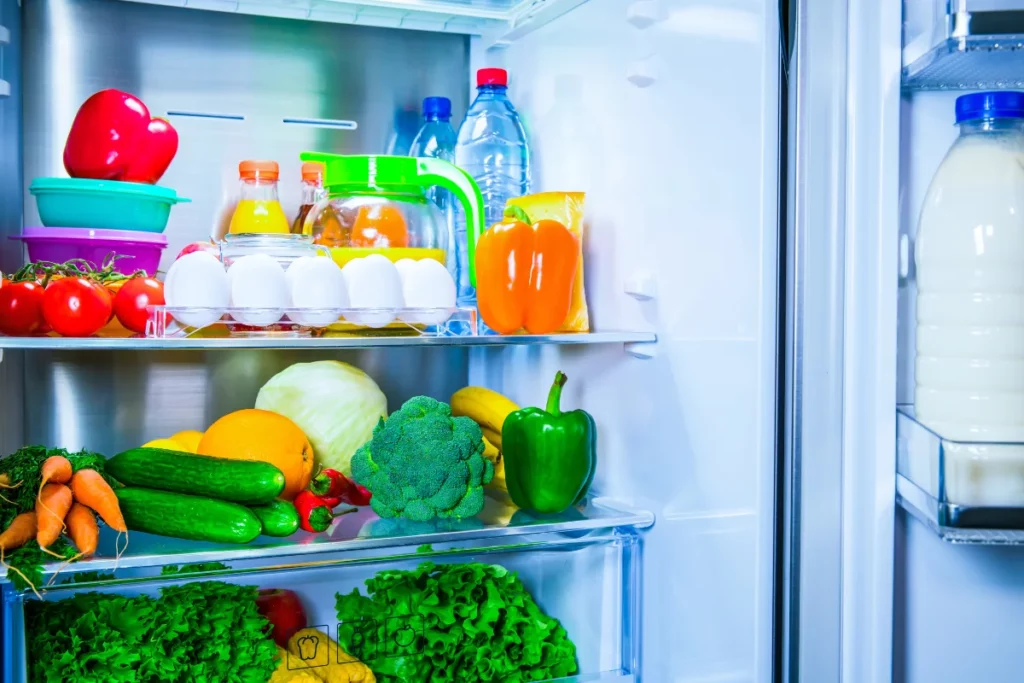
How to Keep Your Fridge Cold and Efficient
Ensuring that your fridge operates efficiently not only preserves your food but can also save on energy costs. Here are some straightforward tips:
- Avoid Overloading: A jam-packed fridge can restrict airflow. While it’s good to have a stocked fridge, ensure there’s enough space for air to circulate.
- Let Hot Foods Cool Before Storing: Placing hot leftovers directly in the fridge can raise the internal temperature. It’s better to let them cool a bit before popping them in.
- Check Door Seals: Make sure the rubber seals on your fridge doors are clean and intact. These seals help keep cold air in. If they’re dirty or damaged, your fridge will work harder than it needs to.
- Positioning: If possible, place your fridge away from direct sunlight or heat sources like ovens. A warmer environment can make your fridge work harder to stay cool.
- Defrost When Needed: If you notice a buildup of ice, especially in older models, it’s a sign you should defrost. Excessive ice can affect the fridge’s efficiency.
- Regular Maintenance: Just like any other appliance, periodic maintenance is crucial. Clean the coils at the back, ensure the interior is wiped down, and check for any unusual noises or issues.
By keeping these tips in mind, you’ll ensure your fridge remains in tip-top shape and operates at its best.
Conclusion
Understanding your fridge’s 1-6 settings can help keep your food fresher for longer and improve efficiency. Generally, the lower the number, the warmer, so when it comes to fridge temperature settings 1-6, 1 is almost always the warmest while 6, is the coolest setting.

